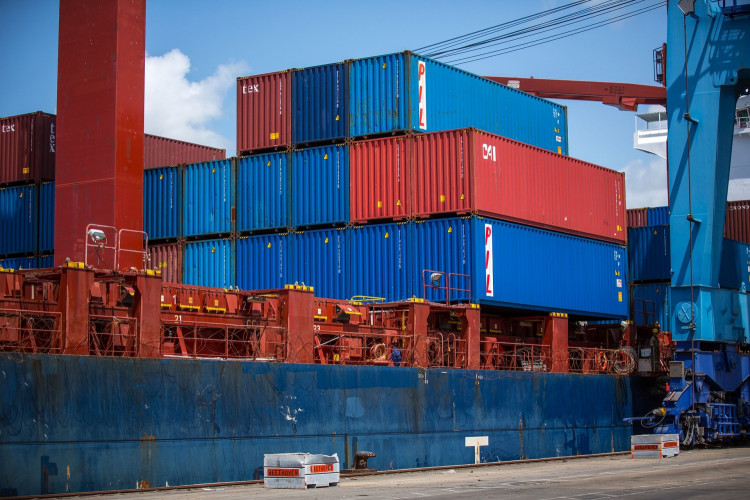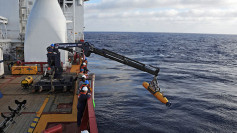The Comprehensive and Progressive Trans-Pacific Partnership or CPTPP, which the Trump administration withdrew from last year, would move forward at the end of December after Australia became the sixth nation to ratify the deal.
There were initially 12 nations working together under the deal until U.S. President Donald Trump decided to assert "protectionism" and withdrew his country out of the pact in 2017.
On Oct. 31, however, Australia decided to join Canada, Japan, Mexico, New Zealand, and Singapore. It only requires six member-nation to bestow its ratification for CPTPP to take effect.
While there remain to be five members who have yet to give their ratification, Australia's joining marked the 60-day countdown to entry into force of the Pacific trade pact and for the first round of tariff cuts to take effect, according to New Zealand Trade and Export Growth Minister David Parker.
The remaining countries yet to ratify are Brunei, Chile Malaysia, Peru, and Vietnam.
With the CPTPP in effect, there would generally be tariffs cut across the 11 member-countries which together comprised 13 percent of the global gross domestic product. The assembly would have been accounted for as much as 40 percent had the United States did not withdraw from the pact.
New Zealand exporters would see the second round of tariff cuts by Jan. 1, 2019, particularly to those exporters which apply a calendar tariff year, Parker said. For Japan, the second round of tariffs would fall on April 1, 2019.
Australia, which paved the way for immediate implementation of the pact, the agreement would bring in more than $36.91 billion for its agricultural exports.
The implementation of the Pacific trade pact also paved the way for another milestone, with it being the first free trade deal between New Zealand and Japan, as well as among New Zealand, and Mexico and Canada.
Parker said Canada is New Zealand's 12th largest export market worth more than $1 billion in 2017. With the free trade deal now in effect, both countries expect free trade growth in the coming years. Particularly, there would be duty-free access for wine, processed meats, wool, forestry, and fisheries products exported from New Zealand to Canada. Beef tariffs and export quotas would be eliminated over the next six years.
New Zealand was also more than optimistic with this new partnership with Australia, Parker highlighted. Australia and New Zealand have always had close trading relations between them and CPTPP ensured that such relations would be upheld as long as the pact is effectively in place.






